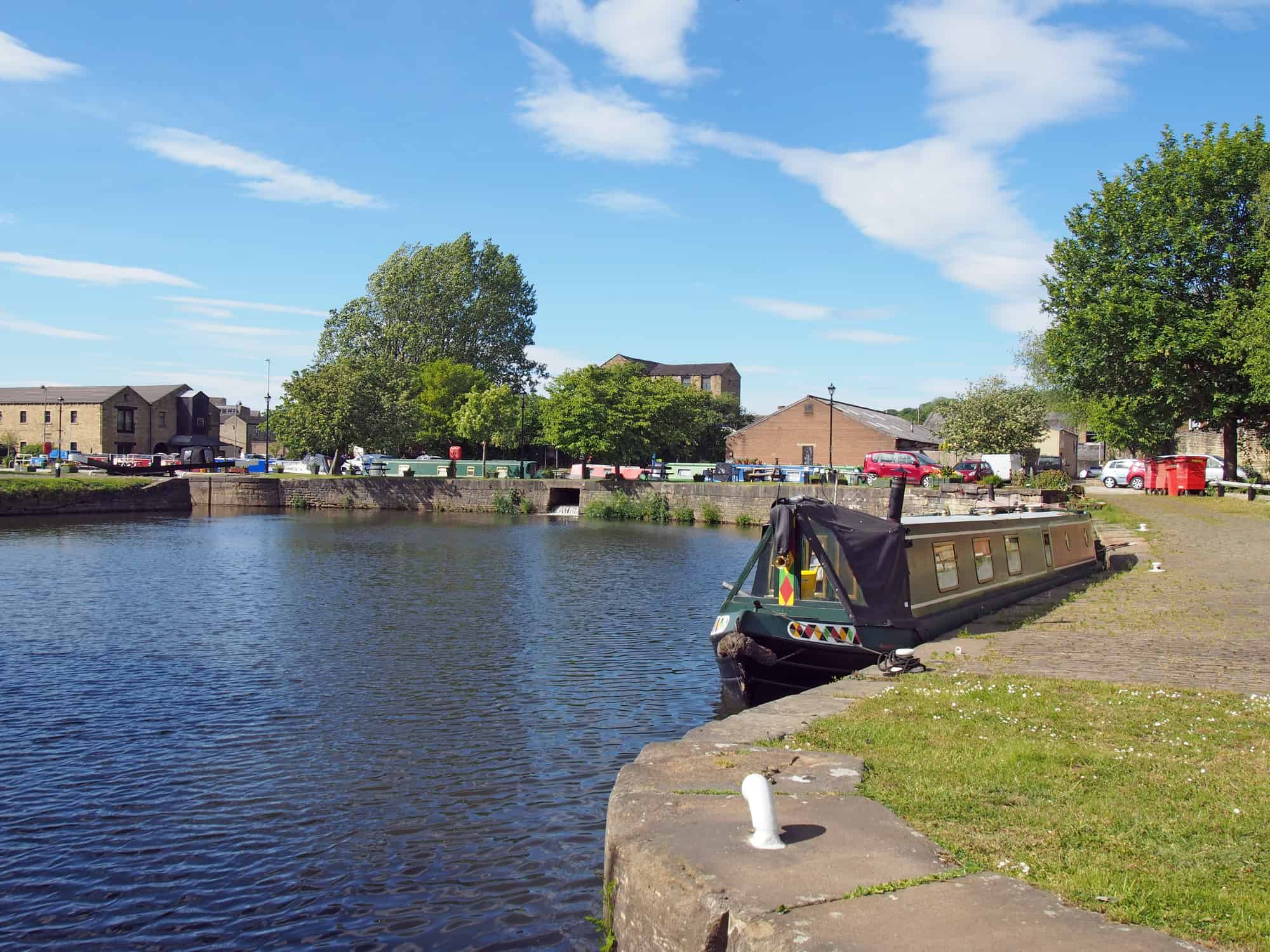When talking about turning most vehicles, it’s usually pretty obvious. Turning a car or even a regular boat around is a pretty simple affair. However, when looking at the sheer length of a typical canal boat (especially a narrowboat) alongside the narrow nature of the British canals, and you would be forgiven for wondering how one might do that kind of turnaround 🙂 Well, if you are new to canal boating and are wondering about this question, we will try to answer this very questions today!
Turning a Canal Boat 30 Foot or less
When you have a relatively short canal boat, you will have little trouble turning it around on the canals. What most people do is push out the bow of the boat first to start off the turn, and then simply manoeuvre the rest of the turn using the boat’s tiller. This turn will be even faster if the wind if blowing to aide it! This is one of the big benefits of having a shorter canal boat, you can pretty much turn anywhere. For these shorter boats you can even use your ropes from a co-pilot on the bank to help encourage the turn.
Turning a Canal Boat of over 30 Foot
Firstly, I will say that although I have used the length of 30 foot as the cutoff point for doing turns anywhere, this is not a hard and fast rule. If factors are in your favour, you may get away with doing this with a slightly longer boat. I would recommend testing it out with your boat if you are close to the 30 foot mark and seeing how it goes 🙂 You may have to do a bit more back and forth to get turned though! If you are the proud owner of a GRP cruiser, these are lighter and easier to turn manually, so you may be able to turn a longer GRP cruiser than a narrowboat.
Otherwise, you are in the grips of the winding hole. What is a winding hole, I hear you ask! Winding holes are a bit like lay bys on the motorway (or is it more like a roundabout!!), giving you a bit extra width to get even the longest canal boats turned around. It is essentially a slightly widened small section of canal. The name winding hole is believed to come from the fact that the wind can assist your turn as it blows against the front and side of your canal boat.
The first thing to consider when using a winding hole is to protect your precious boat! You should look to point the bow of your boat towards the softer side of the canal. There is always a chance you may bump into the bank, so you want that to be as soft as possible.
When you approach a winding hole, cut your power, even though it means you may feel like you are not on full control control. As stated above, point your bow to the soft side of the canal. Anticipate the middle of your boat approaching the middle of the winding hole and apply a short, full burst of reverse power. Don’t stop the boat completely, just slow it down. Then turn the tiller fully right or left and push the throttle forward. This should turn the boat around its middle axis. If further turning is needed, you can use reverse. In this situation, you usually you will push the tiller in the direction you want the bow to go.
With all this said and done, if you are more of a visual learner I would recommend watching the following video from Willow Wren Training. They also show a great way to ‘spring off’ when moored up by the winding hole.
Winding Hole Etiquette
The first part of winding hole etiquette is do not moor your boat up close to a winding hole unless for a very short period of time. You don’t want to obstruct anyone else turning. Be aware of other boats moving around or through the winding hole. First of all, they may want to turn too, so make sure to keep your distance. Never try to pass another boat going through a winding hole for the very same reason. Finally, if other boats are in the winding hole area make your intentions to turn clear to them. The CRT recommends horn signals, although some hand signals would probably work too.
All Turned Around
There you go, the mystery and mystique around the canal winding hole should now be fully explained. If you are worried about turning your boat in a winding hole, I would recommend you find a quiet spot that you can practise. The last thing you want is Gongoozlers and towpath walkers giving you advice (probably the wrong advice too!). The pressure may make it hard for you to focus on the task in hand, especially if you are inexperienced at the helm.



![What Happened to Cruising The Cut [Narrowboat Youtuber]](https://canalboatuk.com/wp-content/uploads/2022/08/cruising-the-cut-youtube-channel-211x150.png)
